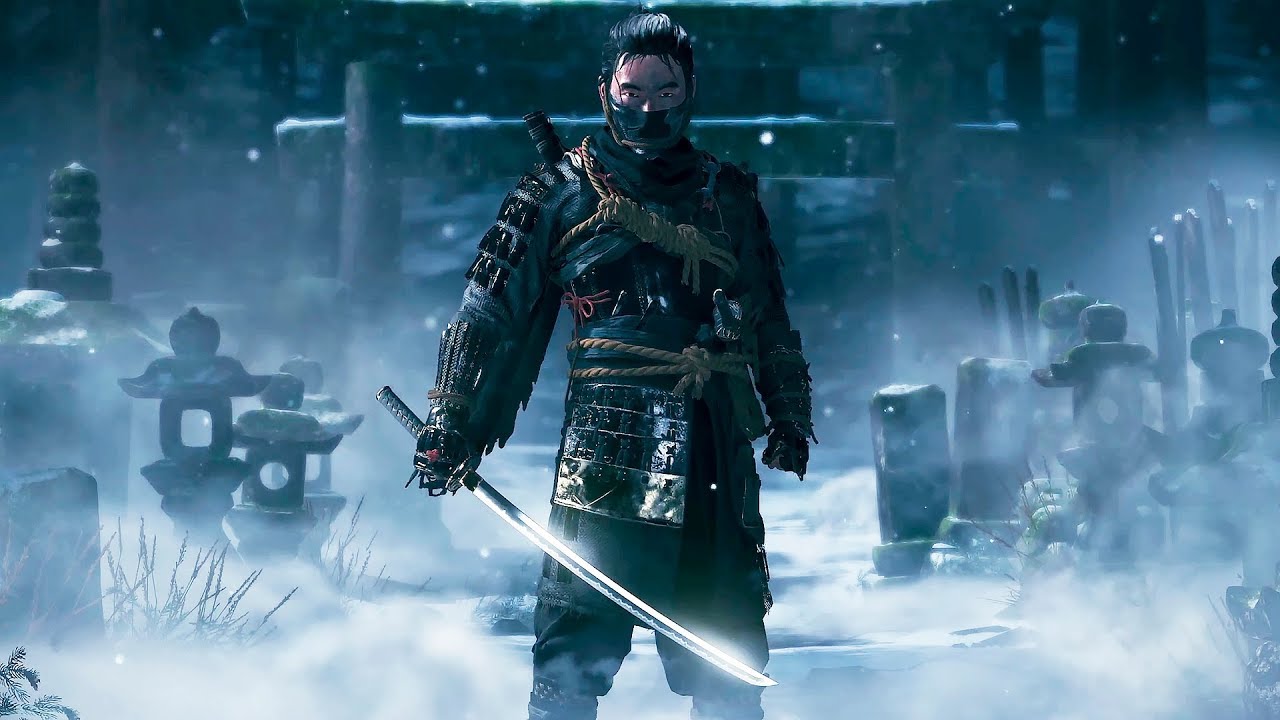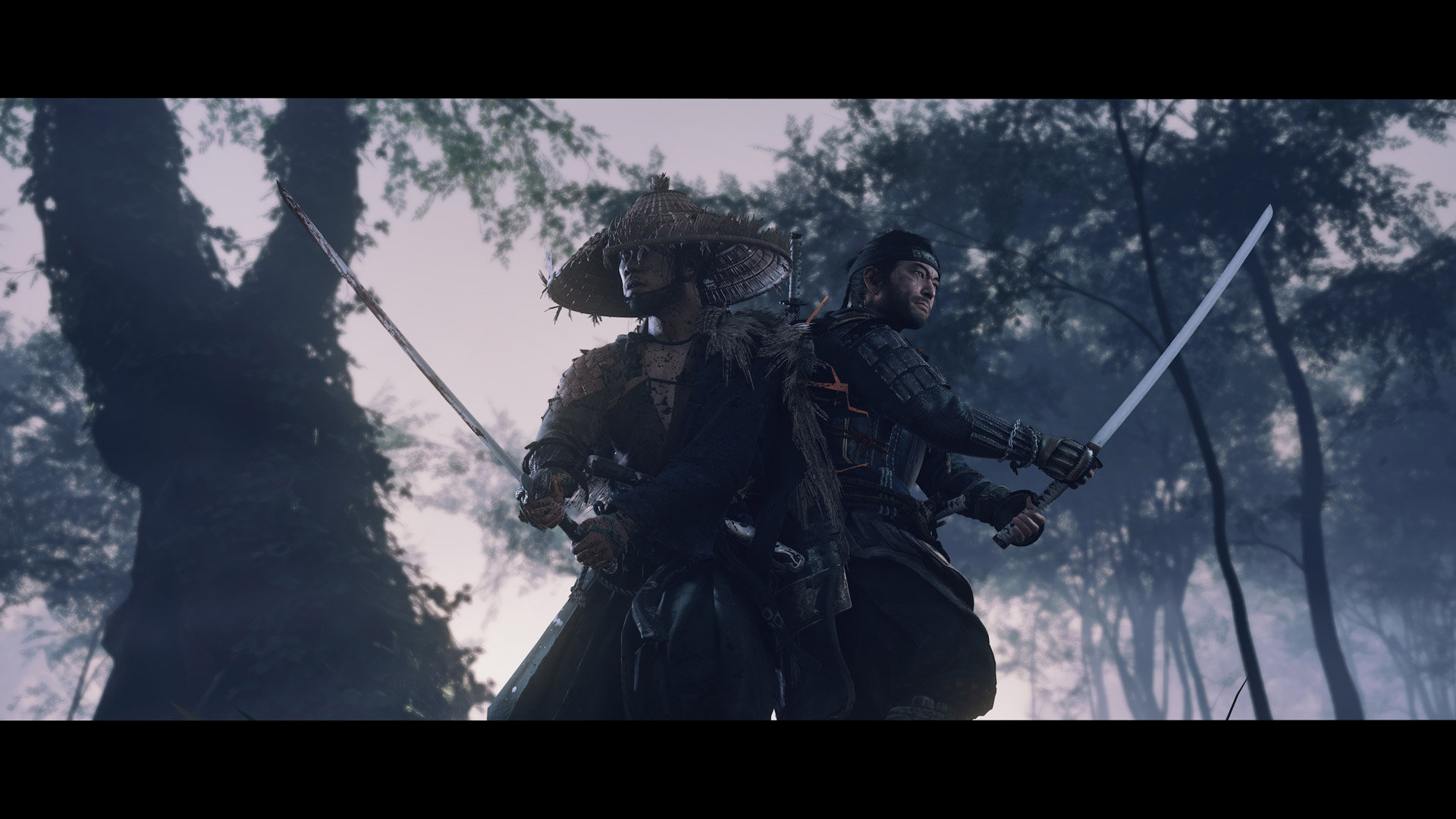Ghost of Tsushima combat stances, parries, and more explained
Sucker Punch shares its three pillars of combat design

Sucker Punch explained some of the finer points of Ghost of Tsushima's combat system in a new blog post focusing on its principle design philosophies.
Studio co-founder Chris Zimmerman highlighted three core ideas for combat in Ghost of Tsushima: speed, sharpness, and precision. Simply put, Sucker Punch wanted fast attacks which create an atmosphere of aggression, sharp weapons that feel dangerous, and bespoke techniques with clear uses. Zimmerman says it took quite a lot of iteration to get to a point where these three ideas worked together.
"So your attacks can be arbitrarily fast, but Mongol attacks can’t be faster than the player can react," he says. "That created imbalance early on - just hammering on the quick attack button defeated most enemies, which was certainly not the deep combat experience we were aiming for. It would have been nice to have solved this before Hideo Kojima visited Sucker Punch and tried Ghost combat, since that was the first thing he tried. Sigh."
To solve this problem, the studio kept Jin's fast attack speed and began layering enemy attacks. "While one enemy attacks, another enemy can be winding up," Zimmerman says. "We tune things so that Jin has barely enough time to deal with each enemy attack as it lands, just like in the samurai movies that inspired us, but there will often be two or even three attackers in the middle of an attack sequence at once."

Zimmerman stressed that this creates situations where "If you concentrate, if you stay focused, you’ll survive the fight. If you lose focus, you’ll die." This ties into the studio's idea of precision, which is reflected in a variety of specialized moves.
"Jin does have slower, more powerful attacks," Zimmerman says, "but they can be instantly cancelled at any point, leaving Jin free to respond to unexpected events, like the shout of a Mongol charging in to attack. Starting a high-level attack only to cancel it when circumstances change is an important part of high-level play."
Jin can block by holding L1, and he can parry by blocking right before an attack lands. "With the right upgrade," Zimmerman says, that parry will create an opening for a hard-hitting counter that generates Resolve. I initially thought Resolve would be fuel for flashier techniques, but Zimmerman says it's "a measure of the samurai spirit that lets [Jin] push through the pain and injury he sustains," which makes it sounds more like a defensive or healing resource.
Sign up to the GamesRadar+ Newsletter
Weekly digests, tales from the communities you love, and more
In addition to individual moves, Zimmerman mentioned a few sword stances. Jin can change stances at any time, and it sounds like you'll need to adapt on the fly to take down specific enemies. Stone Stance works well against swordsmen, for example, but Jin developed Water Stance specifically to take down enemies carrying shields.
You can find more details and tidbits in last month's Q&A with Sucker Punch.
Ghost of Tsushima has officially gone gold.

Austin has been a game journalist for 12 years, having freelanced for the likes of PC Gamer, Eurogamer, IGN, Sports Illustrated, and more while finishing his journalism degree. He's been with GamesRadar+ since 2019. They've yet to realize his position is a cover for his career-spanning Destiny column, and he's kept the ruse going with a lot of news and the occasional feature, all while playing as many roguelikes as possible.


